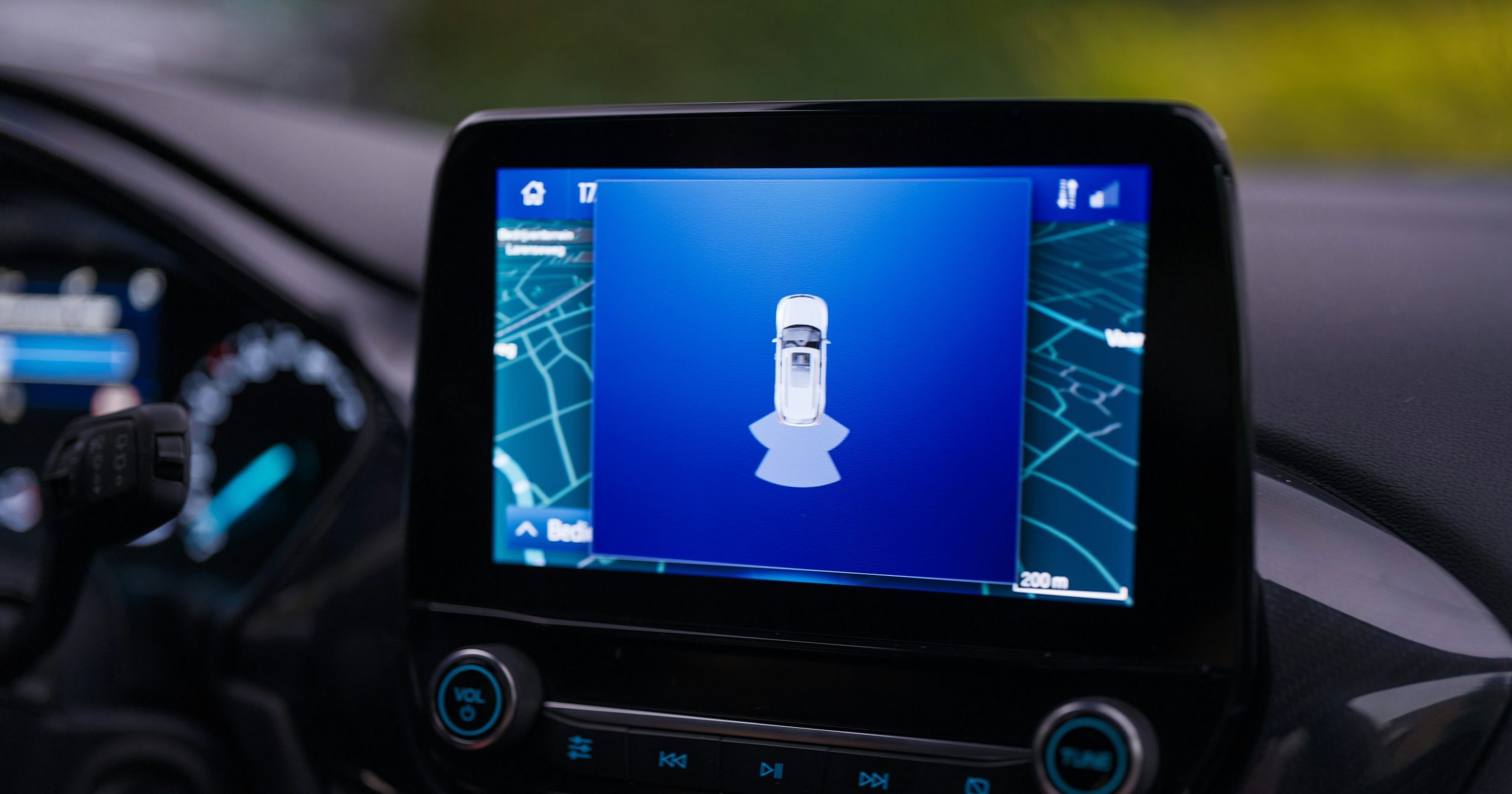Thinking of installing a reverse camera but not sure whether to go wired or wireless? You’re not alone. It’s one of the most common questions we get asked, and the answer really depends on your setup, your budget, and how much hassle you want – or don’t want – to deal with.
So, let’s have a chat about the difference between wired and wireless reverse cameras, what each option offers, and which one might suit your ride better.
First things first: what’s the difference?
A wired reverse camera connects the camera at the back of your car directly to the screen at the front using – you guessed it – wires. This setup typically runs cables from the rear of your vehicle through the panels, under the carpet, and into your dashboard or rearview mirror display. It’s all hardwired together for a strong, constant connection.
A wireless reverse camera, on the other hand, sends the video signal wirelessly from the rear camera to the screen at the front, usually via radio frequency or Wi-Fi. It still needs power to the camera and the display, but there’s no long cable snaking through the car.
Why would you go wireless?
Wireless cameras are popular for one main reason: convenience. If you don’t want to pull panels off your car or run cable from the back to the front, a wireless setup is a quicker and less invasive option. It’s particularly handy if you have a ute, caravan, or trailer and don’t want to mess around with long cable runs.
They’re also easier for DIY installs. If you’ve got a bit of know-how and the right tools, you can probably set up a basic wireless reverse camera yourself on the weekend. For people who just want a basic view behind them when reversing or parking, a wireless cam often ticks the box.
But (and this is a big but) wireless cameras can have a few downsides. They’re more prone to interference, especially in built-up areas where there are loads of signals bouncing around. That can mean flickering images, signal dropouts, or a bit of lag. And if the signal isn’t strong enough, your screen might be a second or two behind your actual reversing, which can be annoying or even unsafe.
Why wired might be the way to go
Wired reverse cameras are all about reliability. Because the video feed is hardwired, the image is generally clearer, smoother, and more immediate. There’s no signal interference, no dropouts, and no surprises.
If you’re planning to use your reverse camera regularly, tow often, or you want the cleanest image possible when parking or backing up, wired is usually the better bet. It’s also the option most professionals recommend for long-term performance.
Yes, it’s more effort to install. The cables need to be carefully routed through your car, which takes time and sometimes a bit of panel-popping finesse. But once it’s in, you rarely have to think about it again.
Another bonus? Wired systems are typically more compatible with higher-quality cameras, advanced features like parking guidelines, and integration with your car’s existing display. So if you’re looking for a more premium setup, it’s probably going to be wired.
What about cost?
This is where things get interesting. Wireless reverse cameras are often cheaper up front, especially when you factor in installation costs. Because there’s less labour involved, you’ll save some cash if you’re going the professional route. That makes them appealing for budget-conscious drivers or anyone just looking for a simple solution.
Wired systems, while generally more expensive to install, often last longer and offer better image quality. So while you might pay more initially, the reliability and performance can make it worthwhile in the long run.
It’s a bit like buying a TV – sure, the cheaper one works, but the better screen and sound on the premium model make all the difference day to day.
Which one’s better for towing or caravans?
f you’ve got a trailer, caravan, or ute with a canopy, this is where things get a bit more specific. Wireless setups are super convenient for detachable trailers or situations where you need flexibility. You won’t be dragging cables across joints or drilling holes you don’t want.
That said, wireless signals can struggle over long distances or when there are lots of obstacles (like metal toolboxes or panels). In these cases, wired systems – even semi-permanent plug-and-play setups – can give you a more stable view.
So if you’re towing regularly and want a consistent, high-quality feed, wired is still the winner.
The verdict
So, reverse camera wired vs wireless… What’s better? Honestly, it depends on what you need.
Go for wireless if you:
- Want a simple, quick setup.
- Are on a tight budget.
- Only need basic reversing help now and then.
Choose wired if you:
- Use your camera daily.
- Tow regularly or need a setup that works long-distance.
- Want top-tier image quality and zero signal lag.
Give us a shout if you want to chat options, pricing, or get something booked in. We’ve got your back (literally).





